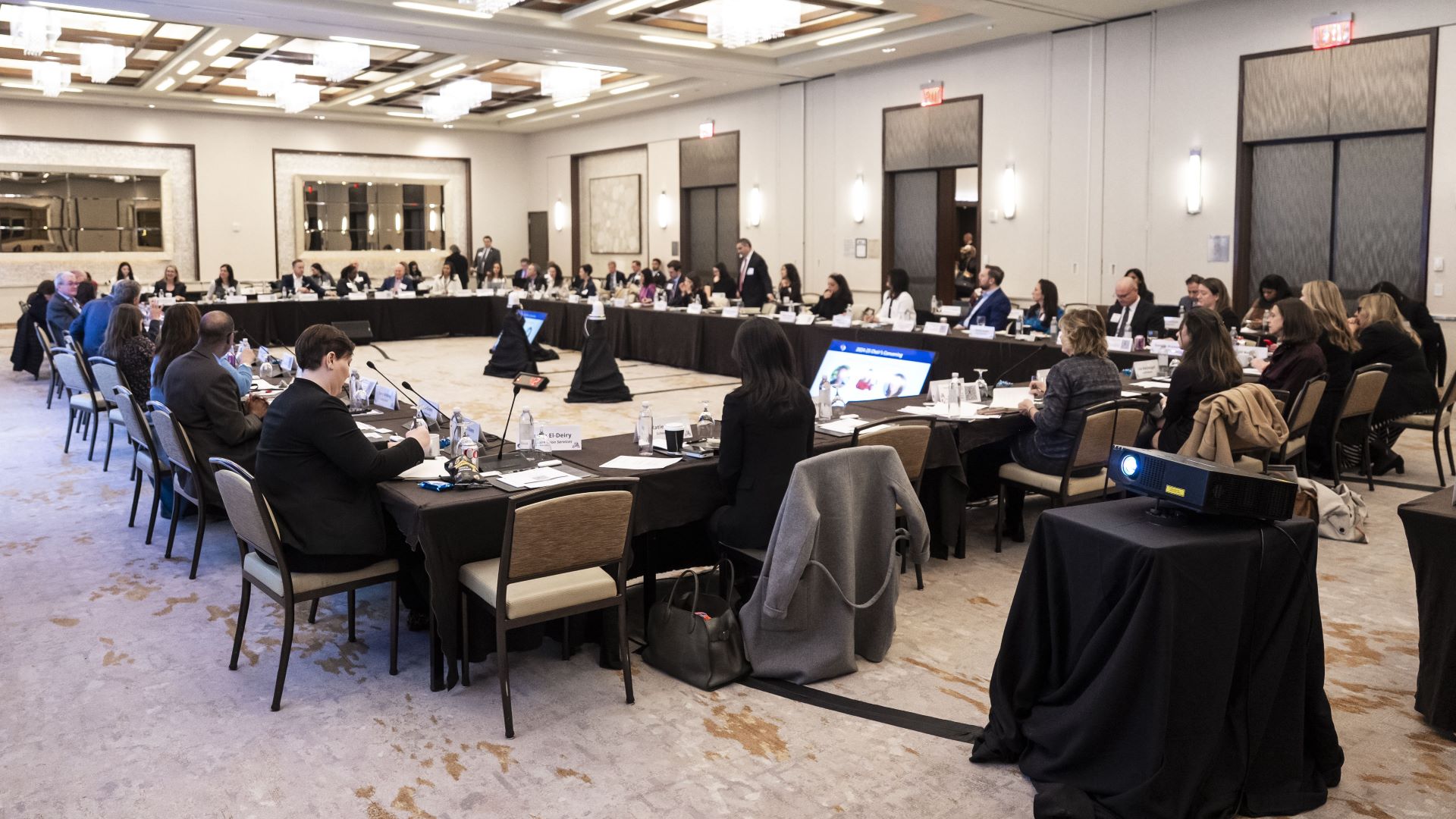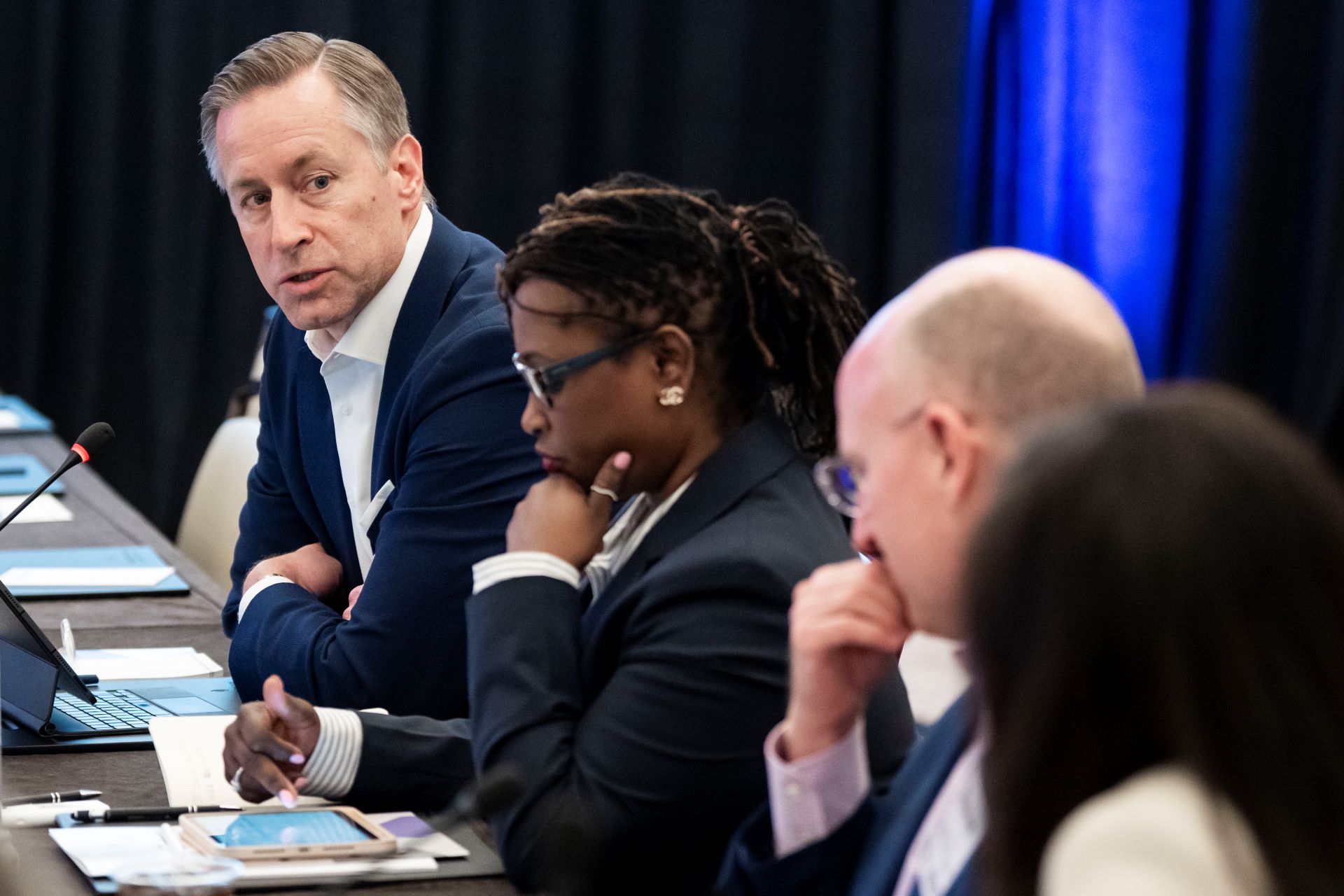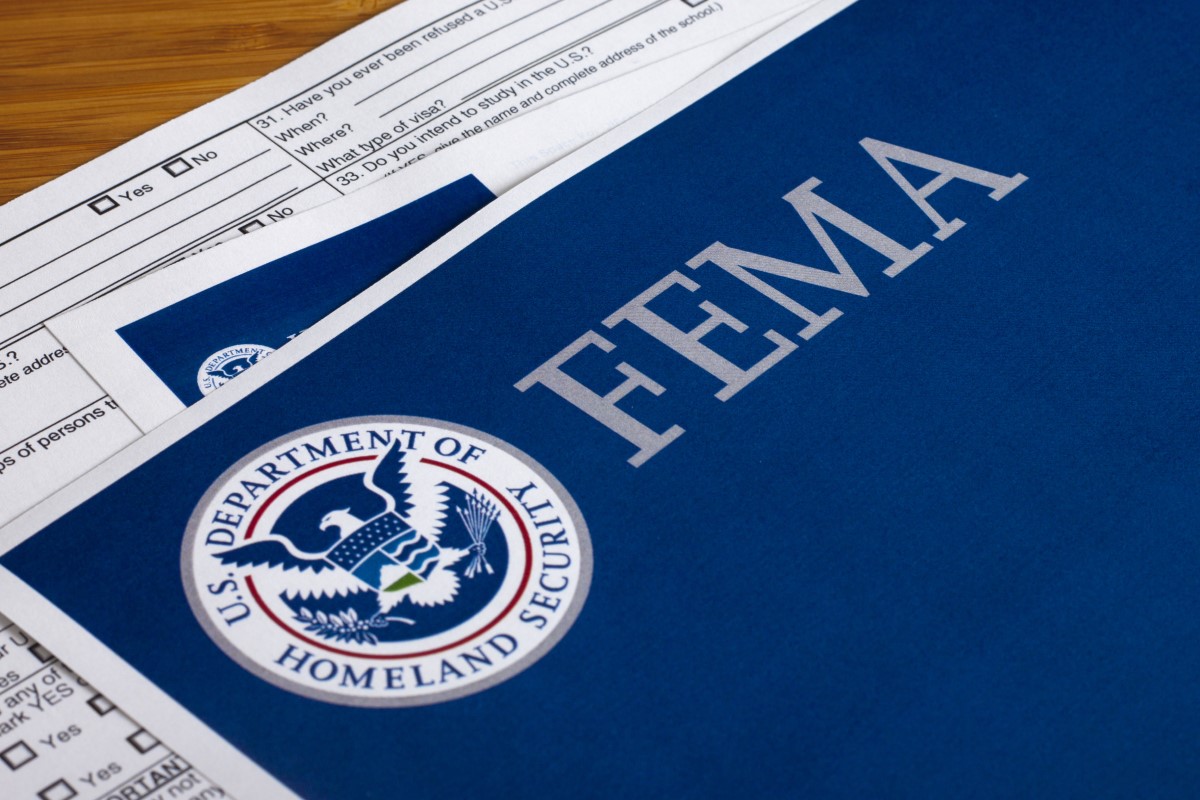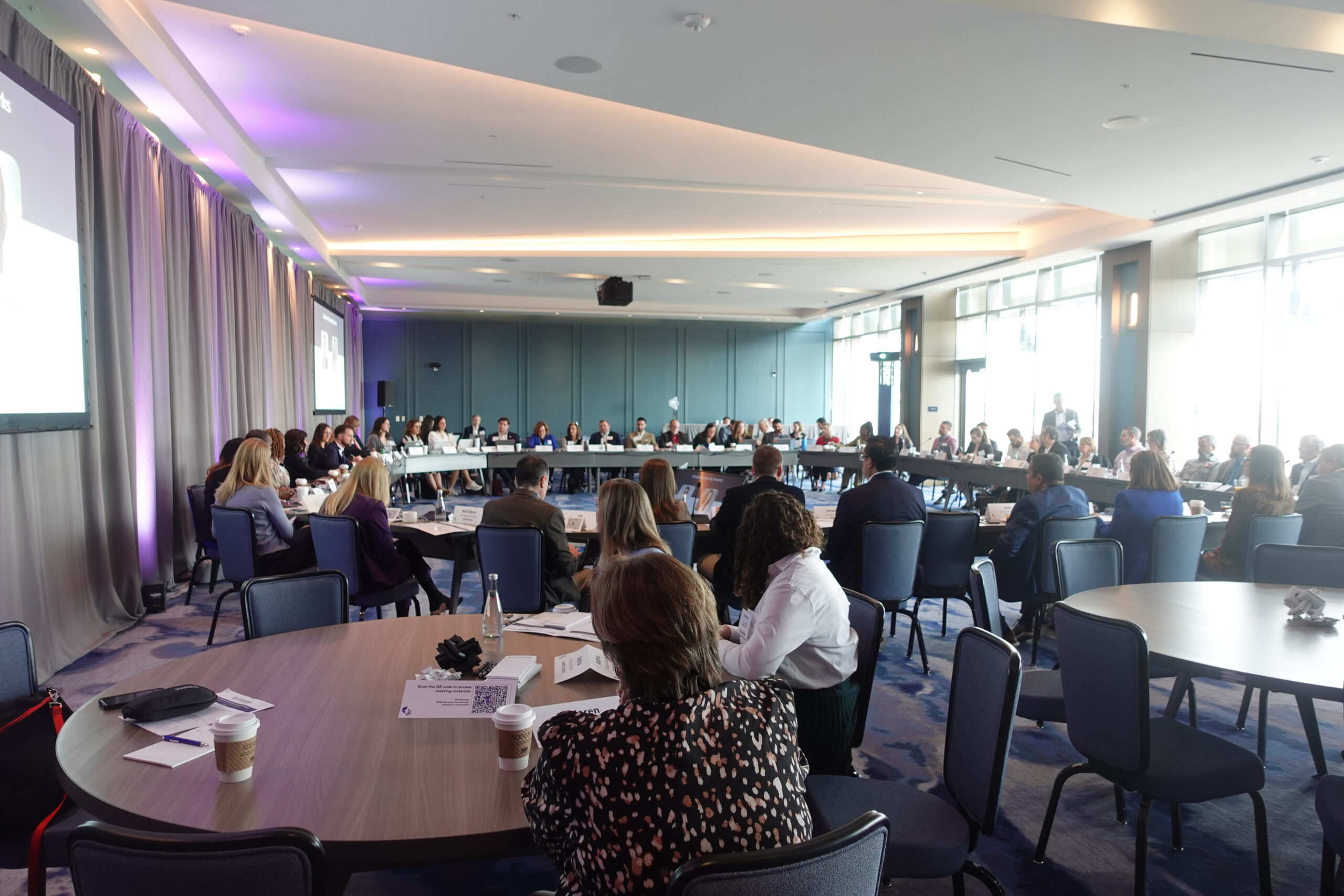This publication highlights elements of Governors’ 2024-2027 WIOA State Plans that meet USDOL goals, as well as those that integrate IIJA, CHIPS, and IRA funding and programs into the activities of the state workforce system.
(Download)
The Workforce Innovation and Opportunity Act (WIOA) requires Governors to submit strategic and operational plans to the U.S. Department of Labor (USDOL) on a 4-year planning cycle. For program years (PY) 2024–2027, Governors submitted their WIOA State Plans to USDOL on March 4, 2024. In the run-up to WIOA State Plan Submission, the National Governors Association Center for Best Practices (NGA Center) and USDOL partnered to support states as they developed their 2024 WIOA State Plans.
In December 2023, the NGA Center released a publication to support states as they set the strategic direction for implementation of these new laws through their State WIOA Plan. The five-part publication outlines opportunities within the Strategic Planning Elements of State WIOA Plans for Governors and state workforce development boards to steer new investments from IIJA, CHIPS, and IRA. It also features analysis of each of the three new federal programs and the corresponding opportunities for state workforce systems to play a key role in implementation.
Following the submission of 2024 – 2027 plans, the NGA Center and USDOL reviewed 23 plans for exceptional examples of strategic planning. Plans were assessed using a rubric incorporating criteria derived from USDOL’s State Plan Training and Employment Guidance Letter 04-23. This publication highlights exemplar states that strategically leveraged labor market information; outlined a vision for strategic partnerships; and detailed plans for IIJA, CHPIS, and IRA implementation. The report highlights four states: Idaho, Maine, Minnesota, and Virginia – each of which used its WIOA State Plan as a strategic document to improve its system and services.
State Plan in Action
Idaho: Using Labor Market Information to Inform Targeted Programs
Idaho uses robust labor market analysis focused on sector growth and contributions to gross domestic product in designing their programs, allowing for targeted engagement that helps the state prepare for expected labor needs. In Idaho, high-demand industry sectors (based on total number of jobs) are defined as “supersectors”. With a particular focus on rates of job growth and their contribution to the state’s GDP, the plan highlights sectors which are expected to play a substantial role in Idaho’s economy over the course of the next decade. The seven supersectors identified in the plan are:
| Supersector | Number of Jobs in 2022 | Nominal Growth in Jobs 2010 - 2020 | Projected Growth 2020-2030 | Contributions to GDP by Sector (millions of dollars) |
|---|---|---|---|---|
| Education and health services | 121,500 | 29,500 | 21.20% | $9,796.50 |
| Trade, transportation, and utilities | 161,500 | 26,000 | NA | $13,442.40 |
| Construction | 66,000 | 24,700 | 38.90% | $6,942.30 |
| Professional and business services | 107,600 | 23,100 | 13.10% | $12,084.90 |
| Leisure and hospitality | 89,100 | 17,400 | 19.80% | NA |
| Manufacturing | 73,200 | 15,300 | 18.70% | $10,726.70 |
| Financial activities | 41,100 | 8,200 | NA | $19,963.90 |
With this analysis in mind, the plan calls on specific programs to support workforce development activities tailored to expected labor demand, particularly in these supersectors. The state has aligned its Talent Pipeline Management (TPM) program, which aims to connect employers with education providers and talent sources throughout the state, with this economic research. With staffing offices in 6 designated regions across Idaho, Talent Pipeline Management Specialists work with local industry cohorts and education providers at all levels of education to create pathways to in-demand jobs. Employers are asked to identify essential roles in their company and then work with specialists to identify opportunities to train talent for those roles. Activities range from career awareness events to job training – all with the goal of planning for expected labor needs and aligning talent pipelines with the education system.
TPM was launched through a partnership between the Idaho Workforce Development Council and Idaho Association of Commerce & Industry. Past industry cohorts have focused on industry partnerships in healthcare and construction—two industry supersectors identified in the plan as having the highest projected job growth between 2020 and 2030. These industry partnerships support occupations such as long-term care professionals, certified nursing assistants, and carpenters. Future cohorts are expected to add industries such as manufacturing, technology, and transportation, responding in part to demand created by federal infrastructure investments.
Maine: Aligning the WIOA System with Economic Development Goals
Maine‘s WIOA State Plan for PY 2024 – 2027 is discussed in the context of the larger vision provided by the Maine 2020-2029 Economic Development Strategy. Published in 2019 by the Maine Department of Economic and Community Development (DECD), the Economic Development Strategy outlines three goals for Maine’s economy:
- Grow the average annual wage by 10% to the benefit of workers at all income levels;
- Increase the value of what is sold per worker (productivity rate) by 10%; and
- Attract 75,000 people to Maine’s talent pool by both increasing participation among Maine’s existing population and attracting new people from out of state.
Having achieved its goals on wage growth and productivity, Maine’s WIOA State Plan hopes to build on these positive trends while working towards the third, unachieved goal of attracting 75,000 additional workers to the labor force.
By 2023, it was time for a refresh of the 10-Year Economic Development Plan to incorporate the major changes to the Maine economy and progress the state had made since the original report was published. The State Workforce Board (SWB) worked with the Department of Economic and Community Development in an extensive planning process involving 600 participants, which included working with Local Workforce Development Boards and Local Economic Development Districts to host seven stakeholder sessions across the state. In March 2024, DECD and the SWB released a comprehensive update to the 10-Year Economic Development Plan, resulting in a renewed focus on the following seven strategies to achieve the plan’s three overarching goals:
- Grow Local Talent
- Attract New Talent
- Promote Innovation
- Build Connections
- Provide Supporting Infrastructure
- Maintain Stable and Predictable Business Rules
- Promote Hubs of Excellence
While all the goals contain components of workforce development, three are highlighted as the focus of the strategic planning section of Maine’s WIOA State Plan: Grow Local Talent, Attract New Talent, and Promote Hubs of Excellence.
| Strategy | Action to be Taken |
|---|---|
| Grow Local Talent “The first strategy is focused on increasing credentials of value and increasing average wages for workers.” |
|
| Attract New Talent “Talent is at the core of Maine’s 10-Year Economic Plan and specifically the state’s efforts to add 75,000 workers to the talent pool.” |
|
| Promote Hubs of Excellence “Leveraging a talented workforce and innovative businesses, a Hub of Excellence provides quality healthcare, superb higher-education opportunities, and active research centers. Beyond improving the economy of an area, hubs also improve quality of life for residents — through cultural opportunities, family support services, and strong communities.” |
|
Along with each strategy’s associated action items, Maine’s WIOA State Plan details the status of each initiative and assigns responsibility to entities such the state’s departments of Labor, Education, Health and Human Services, as well as Jobs for Maine’s Graduates, the Maine Community College System, and the University of Maine System.
Minnesota: Mobilizing the Governor’s Workforce Development Board for Federal Infrastructure Funds
In Minnesota, the Governor’s Workforce Development Board plays a significant role coordinating federal infrastructure investments from the Infrastructure Investment and Jobs Act, CHIPS and Science Act, and Inflation Reduction Act.
Specifically, the Governor’s Workforce Development Board is playing a leading role in the Minnesota CHIPS Coalition Workforce Partnership, a cross-sector partnership aimed at engaging employers, educational institutions, unions, and community-based organizations to mobilize efforts to train workers in jobs required for semiconductor manufacturing. Per Minnesota’s WIOA plan, the partnership is focused on manufacturing and construction workforce development and has conducted occupational needs assessments for high demand positions. From this, the partnership will focus on three goals:
- Talent Pipeline Development – including support for career exploration and awareness activities, targeted especially at populations underrepresented in manufacturing and construction
- Skills Development – including the creation of Registered Apprenticeship programs and education programs that can be scaled for in-demand occupations throughout the state
- Workplace Development – including a focus on equipping employers with the resources necessary to both attract and retain talent utilizing the US Department of Labor and Department of Commerce’s Good Jobs Principles
The goals are designed as a replicable model which can be applied to other initiatives receiving federal infrastructure funding, including the Minneapolis-St. Paul region’s designation as a Tech Hub through the CHIPS and Science Act.
For federal infrastructure funding through IIJA, the Governor’s Workforce Development Board will also take a leading role. In partnership with the Governor’s Office, Minnesota Management and Budget (MMB), the Governor’s Workforce Development Board which is housed at the Department of Employment and Economic Development will conduct an analysis of expected occupational demand with the labor market information and economic analysis divisions. Following this analysis, the Governor’s Workforce Development Board is charged with leading the development of a human capital plan for occupational needs across the state and leading regional convenings to support the creation of workforce plans focused on equitable pathways into good jobs created by the infrastructure funds.
Virginia: Integrating IIJA, CHIPS, and IRA in Workforce Development Planning
Throughout Virginia’s WIOA State Plan, the IIJA, CHIPS, and IRA are integrated into strategies to improve the public workforce system. Designating relevant agencies for implementation, Virginia includes the following opportunities to align with the state’s overarching workforce development strategy:
| Goal | Role of Federal Infrastructure Funding Opportunities | Designated Entities |
|---|---|---|
| Goal 1: Prepare Virginia’s workers for current and future career pathways that provide competitive wages. | Collaborate with state transportation and infrastructure agencies on human capital planning efforts to outline how Virginia can address workforce needs using the investments provided by the IIJA and other funding sources. | Virginia Works, the Virginia Department of Transportation, Virginia Energy, Virginia Department of Housing and Community Development |
| Goal 2: Deliver workforce services that support business growth in Virginia’s leading-edge economy. | Convene businesses and education providers to coordinate strategies leading to winning federal grants provided under CHIPS. | Virginia Economic Development Partnership, Business Solutions Teams, Local Workforce Development Boards, Virginia Works, Community Colleges, Virginia Alliance for Semiconductor Technology |
| Goal 3: Provide outreach and recruitment services that increase awareness and access to Virginia’s workforce development ecosystem. | Encourage the creation of new Registered Apprenticeship programs by focusing business outreach on the benefits provided by the IRA and other funding sources. | Virginia Works, Local Workforce Development Boards, Virginia Economic Development Partnership, Business Solutions Teams. |
| Goal 4: Reduce workforce system barriers through dynamic collaboration, coordination, and communication with Virginia Works (Department of Workforce Development and Advancement) as the hub-and-spoke model. | Use the funding provided by the Broadband Equity, Access, and Deployment (BEAD) program to make transformational investments into broadband affordability and adoption across the Commonwealth. | Virginia Works, Department of Housing and Community Development, Local Workforce Development Boards |
Key entities in this work will be Virginia Works (Virginia’s workforce development agency), local workforce development boards, and economic development partners. For CHIPS programs in particular, the Virginia Alliance for Semiconductor Technology (VAST) provides a forum for coordination between relevant entities for the advancement of workforce development. VAST is a network of private sector entities in semiconductor, microelectronics, and nanotechnology industries, alongside Virginia colleges and universities, working to provide a forum for collaboration and resource-sharing to support Virginia’s microelectronics sector. One initiative VAST supports is the Fast Track to Semiconductor Careers (FTSC) certificate program, a 10-week program which will train adult learners in chip fabrication, semiconductor packaging, and equipment maintenance and repair. FTSC expects to enroll about 300 students per year, with veterans and underserved communities receiving preference.
Next Steps for Implementation
As Governors implement WIOA State Plans for the 2024 – 2027 program period, strategic planning for workforce development can benefit from being both actionable and data-driven. With new federal infrastructure investments poised to shift future workforce needs, state systems have an opportunity to utilize funding to strengthen workforce development programs to prepare for changing economic conditions. With two-year modifications to WIOA State Plans due to the U.S. Department of Labor in 2026, Governors may consider looking to the examples included in this publication for best practices in executing data-informed policymaking and blending federal infrastructure opportunities with existing program funding streams.












